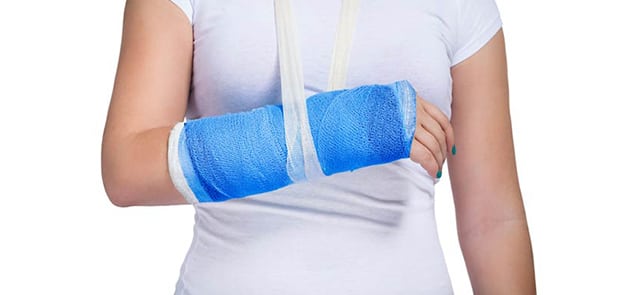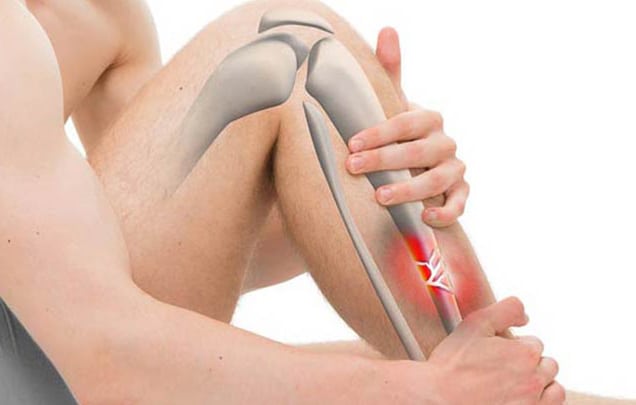
Quick medical care for a fracture is necessary for complete healing of the bone.
A fracture is a crack in a bone. Fractures can be simple, meaning that the break in the bone is clean and contained, with no shifting of the bones outside of their normal position. Fractures can also be complex, with breaks in two or more locations and shifting of the bone.
- Prompt medical treatment for a fractured bone is essential
- Left untreated serious complications that could affect the quality or length of your life
CONTACT US TODAY
Causes
A sudden, severe impact is the most common cause of fractures. This impact could be the result of a slip and fall accident, tripping and falling, or an auto accident. If you have weak bones due to a calcium or vitamin deficiency, just standing up could be enough to fracture a bone. The risk of a fracture increases with age due to lower bone density and weakened muscles. Loss of vision and difficulty with balance also increase your risk of a fall.
Women are more likely to have a fracture than men as they age, which is due to lower bone density. Thyroid disease, physical inactivity and eating disorders also weaken the bones. Long-term use of cortisone medications like prednisone increases your risk of a fracture. Smoking and using alcohol interfere with your body’s ability to build and maintain strong bones.

Symptoms
The symptoms of a fractured bone include the inability to move the affected body part after a fall, severe pain, and inability to bear weight on the bone. Stiffness, bruising, and swelling may also occur. The area may also become warm to the touch. You might actually hear your bone break as it happens.
In some cases, a fracture is not obvious right away. This is most common with a fractured hip in a person with low bone density. The symptoms will increase over 24 to 48 hours, at which point the pain becomes moderate to severe.
Treatment
Most fractures need surgical care followed by physical therapy. The surgery that you need will depend on the location and severity of your fracture. Internal repairs with screws and metal plates realign the bones and stabilize them. A partial or full bone or joint replacement may be needed if bones of the hip, knee, or ankle are displaced or damaged. Surgery is also needed to make sure that your bones have a good blood supply for maintaining bone mass.
If you have a deficiency, you may be prescribed vitamin or mineral supplements. These medications facilitate the rebuilding of bone. After surgery, you may have a plaster cast or an air-based walking cast. The cast keeps your bones aligned in the proper position as your body rebuilds and repairs them. Physical therapy after surgery will help you to strengthen your bones, ligaments, and muscles. This can help to prevent a new fracture. You will be given exercises to do at home to extend your range of motion. You might need to use a cane or walker until your body is able to support its full weight.
